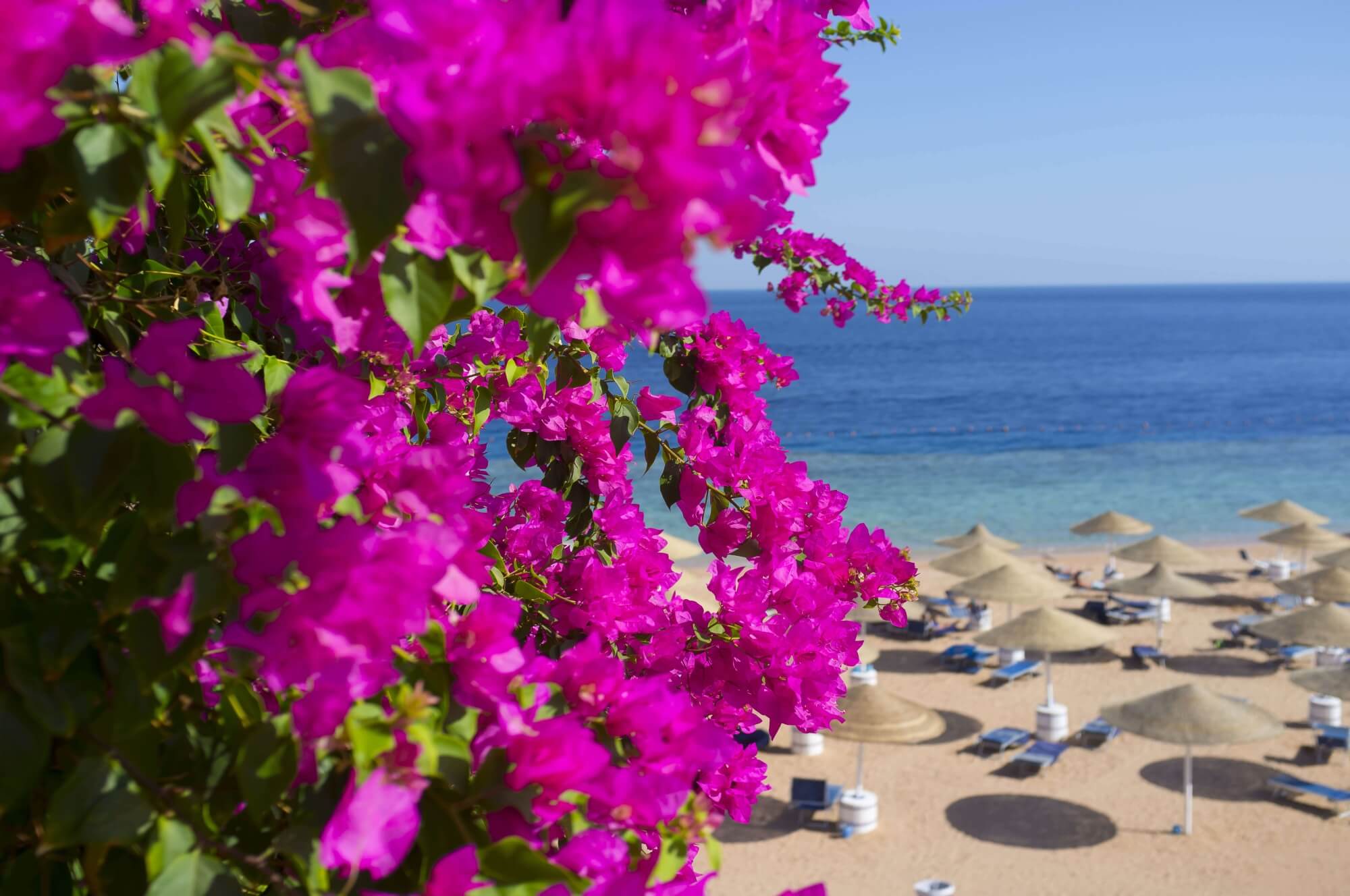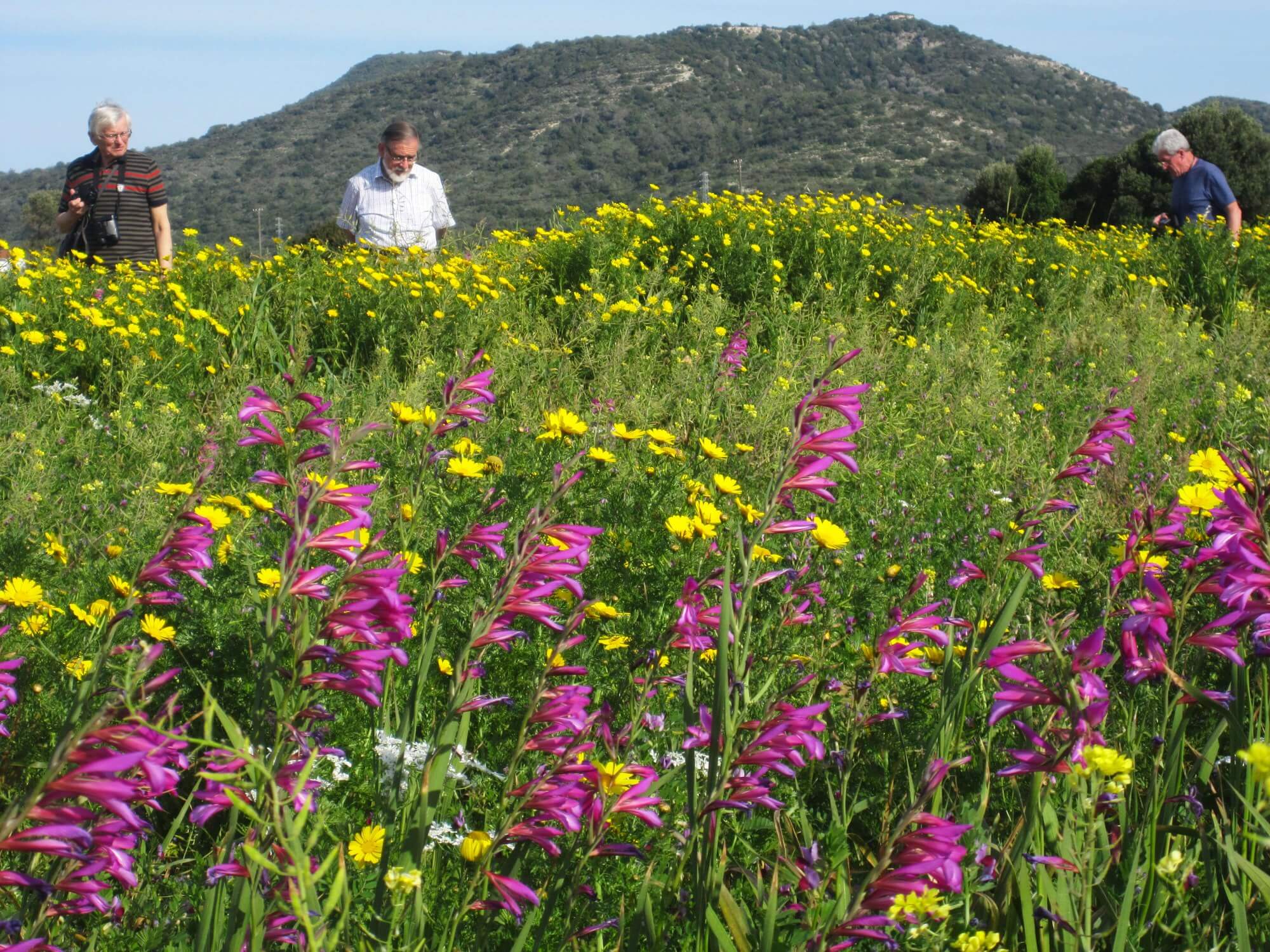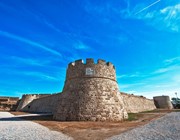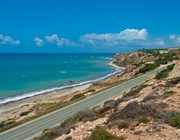You will enjoy discovering bright colourful Orchids and Ophrys generally seen in Spring…
There is a variety of Flora in Cyprus…
You will enjoy discovering bright colourful Orchids and Ophrys generally seen in Spring…
There is a variety of Flora in Cyprus…
There is a variety of Flora in Cyprus…
North Cyprus Flora
Flora and Fauna in North Cyprus

Beautiful bougainvillea grows all around the island
The different Flora will fascinate you throughout your holiday…
Overall, the island of Cyprus has an abundant variety of flora. In North Cyprus, Dr. Deryck Viney collected in excess of a thousand kinds of flora between 1988 and 1993. In 1994, “An Illustrated Flora of North Cyprus” was produced proving to be an invaluable guide to both the professional and amateur botanist. There are over a hundred species endemic to Cyprus and nineteen North Cyprus endemics to be found with Spring time being the best time to search. The optimum time for seeing Cyprus in bloom is late February to the end of April. There are various woodland species that will emerge during the winter months such as cyclamen, narcissi, crocus and muscari. The previous winter’s rainfall will determine the flower availability as well as excessive heat in April, which may bring a premature end to the flowering season. However, there are various wildflowers that will continue to bloom well into May and June.
The first coloured flowers generally seen in Spring time are the Oxalis pes-caprae which is a beautiful bright yellow. Unfortunately, this plant is seen as a nuisance to agricultural land but is a welcome splash of colour in the drab landscape. The next flora to bloom are the anemones in white, pale mauve, blue and red followed by some of the Orchis and Ophrys species; for example Ophrys fusca (the Brown Bee Orchid) and Orchis morio (Green-winged Orchis). These flowers are generally widespread and can be found on rocky hillsides and in the pine forests. Another flower note worthy is the Mandrake (Mandragora officinarum) which has flowers ranging from white to dark blue and grows with the flowers nestling in the middle of a flat cluster of broad green leaves. It is easy to find along the side of roads and at many of the ancient sites. You will also see The Crown Daisy, (Chrysanthemum coronarium) which covers the roadside verges and many fields with pale orange flowers which bathes the countryside during sunshine.

Gladiolus italicus flowers, North Cyprus
As Spring turns into Summer and the island starts to heat up, the most colourful of the Spring flowers; Asphodels, Calendula and three varieties of Cistus (Cistus creticus, Cistus perilous and Cistus salviifolius) emerge in full bloom producing varying colours in every direction. One of the more common plants is the inedible giant fennel (Ferrula communis) plant which grows unchecked in fields and mountains within Cyprus. It can grow to over 2m in height whilst its feathery leaves and many heads of bright yellow flowers are commonly used by the local florists in flower arrangements. Between February and May, you can see the ranunculus plants such as the turban buttercup and Persian crowfoot (Ranunculus Asiaticus) in the foothills of the mountains. They grow in a variety of colours from cream to yellow, deep scarlet and white flashed with red. Though similar, they are not to be confused with the anemones that share the same habitat.
On the corn fields of Cyprus, you will find the common pink corn flag (Gladiolus italicus) as well as the Cypriot black tulip (Tulipa cypria). The endemic black tulip is becoming rare due to the destruction of its habitat. You may also find the Arabian sun rose (Fumana Arabica) and the endemic Cyprus sun rose (Helianthemum obtusifolium) amongst the rocky terrain. They are very similar plants with papery thin yellow petals and you can find them flowering from February to May.
If flowers and plants interest you, then the Herbarium featuring exhibits of over 1,200 native plants, situated in the Alevkata Forest Station in the mountains between Esentepe and Degirmenlik is well worth a visit.
















